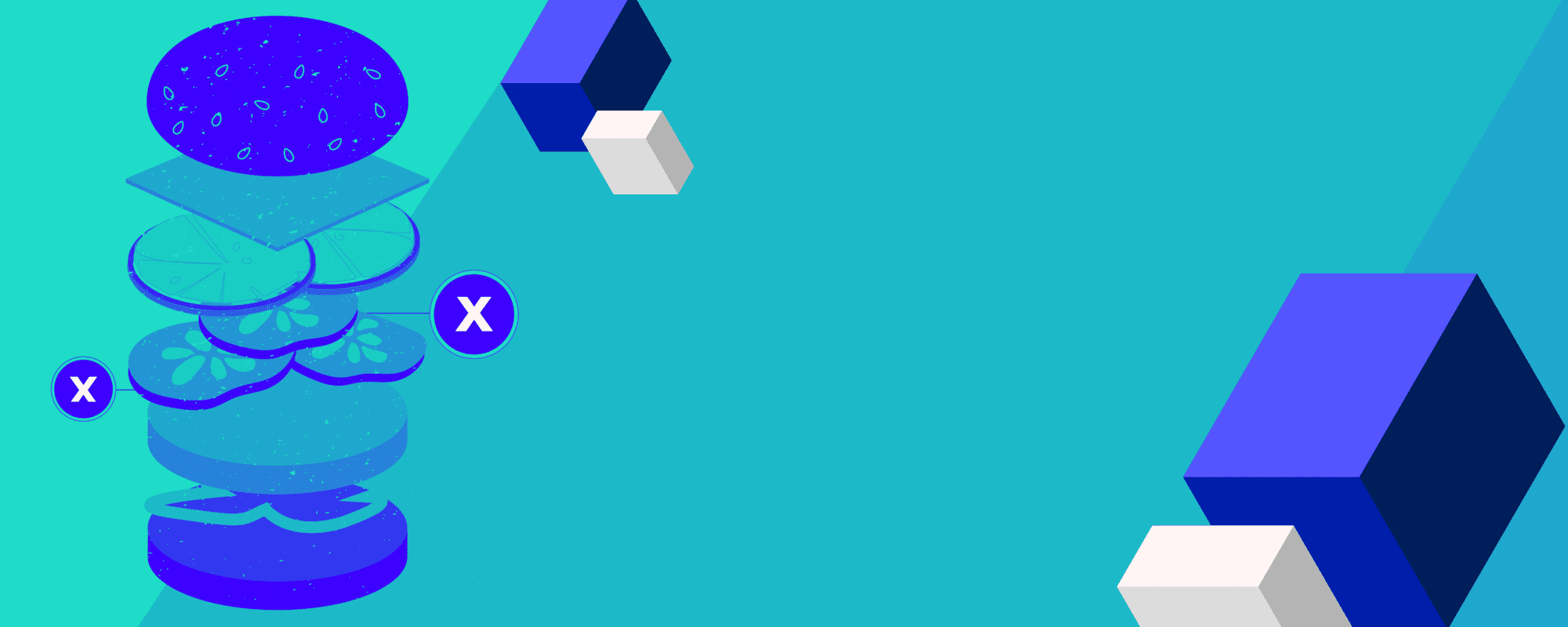
If you’re like most buyers, you want your shopping experience to be all about you, whether you’re buying a new car or a content management system. It’s true. Buyers expect the same personalized experiences they get at home while at work. And marketers understand this. In fact, 88 percent of marketers believe their prospects expect a personalized experience. The problem is, only 31 percent think they’re getting marketing personalization right.
Because of this disconnect, B2B marketers are missing golden opportunities to move customers along their purchase journey, whether through traditional or account-based marketing (ABM) initiatives. But just because B2B personalization is broken doesn’t mean you can’t fix it. Read on to find out how.
What is marketing personalization, really?
Years ago, being able to change out one piece of content in an email based on a person’s industry was revolutionary. Today, B2B marketers can do so much more — like delivering relevant content based on demographics, industry, location, and even the type of technology their prospects have purchased. Here’s a quick rundown of some of the different types of marketing personalization marketers are using:
- Content-level personalization: Using data to provide relevant experiences within the content itself, such as including a person’s name or work title in an email or on a landing page.
- Technographic personalization: Presenting relevant content based on the technologies a company already has installed.
- Firmographic personalization: Serving up targeted content such as banners, offers, and downloadable content based on company information like location and industry.
Why B2B personalization falls short
While these methods can help you deliver a personalized experience for a customer’s first interaction with your brand, they don’t do enough to help move the buyer through to purchase. Here are a few reasons why B2B personalization isn’t working:
It lacks insight
Just because a prospect clicks on your content, doesn’t mean she’s actually read it. In fact, most marketers have no way of knowing whether someone has read their content or not. Without this information, you have no idea what kind of content she consumed after that click.
It’s not curated
Without insight about content consumption, you have an incomplete picture about where the customer is on their purchase journey, and what kind of content you should serve up next to make that journey easier.
It’s too slow
The typical content marketing scenario goes something like this: Get an email or visit a site. Click to view. Receive one piece of content. In short, it’s a pretty binary experience. One asset for one click.
The problem is, that’s not how most buyers want to consume content. Especially in B2B, buyers want to gather all the research they can in the shortest amount of time possible so they can reduce the risk of buying something that won’t work, or worse yet, cost them their job. Consider that B2B purchases are typically made by committee, and the number of content needed at any one time jumps significantly.
Stats show that buyers consume an average of 10.4 pieces of content before they purchase. That’s why serving up one piece of content at a time doesn’t help buyers make good decisions, and slows down their journey.
It’s too hard
Personalization isn’t a one-and-done deal. For example, let’s say you’ve just created a really impactful, personalized experience for visitors to your website. While that experience was engaging for visitors, your numbers show that most never got past your homepage.
The likely culprit
You only personalized the front door. After that initial delightful experience, prospects simply viewed one-size-fits-all content. And because the content wasn’t tailored for them, they didn’t bother sticking around. You’ve left them alone to browse endlessly through your resource center without giving them a path to follow.
How real-time recommendations can help
The secret to better marketing personalization starts with understanding how buyers consume content. This means knowing that the head of your biggest target account’s buying committee read an ebook for four minutes, watched a video for six minutes, read an analyst report for 9, a blog post for 7, and an infographic for 11 minutes. In total, they spent 37 minutes reading 5 pieces of your content.
That’s incredibly valuable information and unlocks the door to other insights about your buyer including:
- Which topics she’s interested in
- Which content she found most useful
- Where she is in the buyer’s journey
- Which content she should see next
That last one is the most important because it allows you to provide real-time recommendations, giving buyers the information they need in-the-moment they need it. So, instead of presenting one piece of content per click and leaving buyers to fend for themselves, you’re taking into account the content they’ve already consumed, and presenting additional content that’s relevant and can help guide them to the next step in their journey. That way buyers are never left searching for what they want.
Perfect your personalization strategy
Whether using ABM or traditional marketing techniques, your goal isn’t to personalize the journey for just one buyer, but to personalize at scale. But you can only do this if you have data about the buying intent and interests of your prospects. By providing on-demand content recommendations, you can deliver more of the right information to buyers and give them the experiences they expect. Every time.
